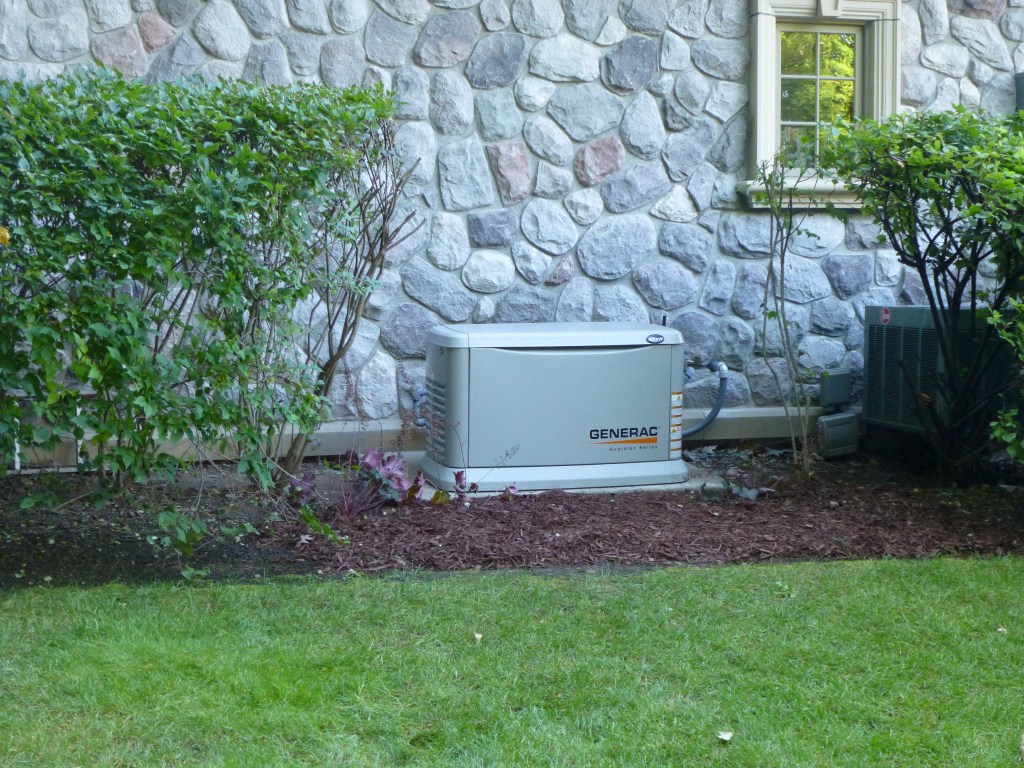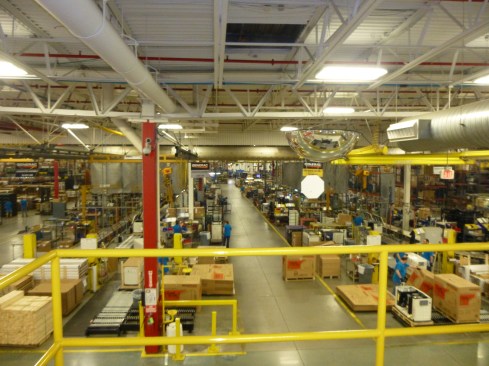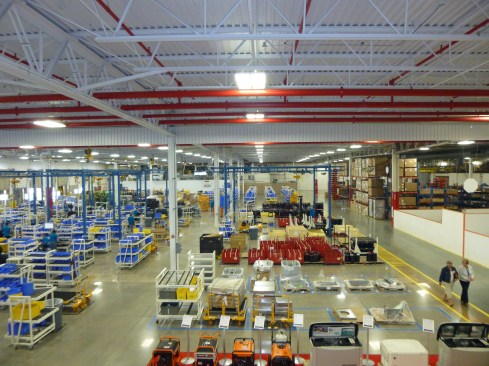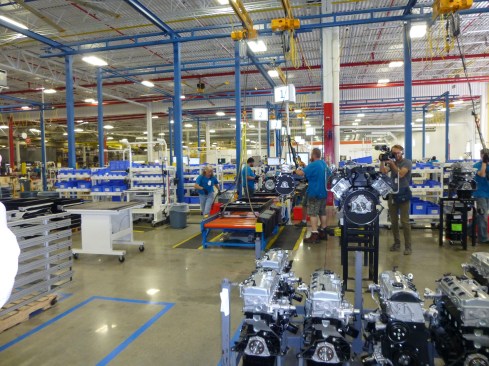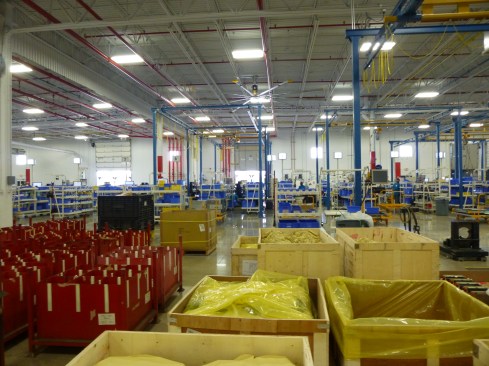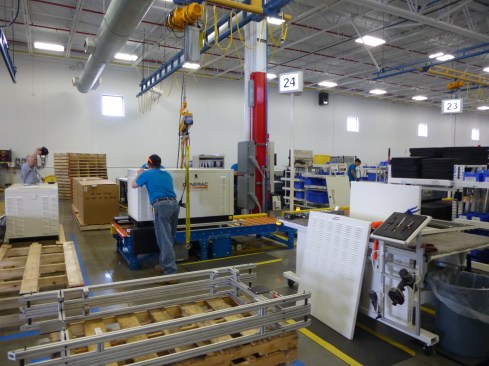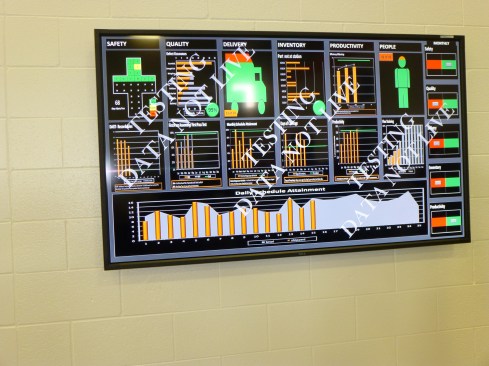The saying “You don’t know what you’ve got ’til it’s gone” may have no truer application than your home’s electricity.
The power that enables everyday conveniences, from air conditioning to WiFi, is often taken for granted. However, damaging storms, harsh winters, and grid fluctuations have shown that service is far from infallible. Especially for those in areas prone to extreme weather or downed power lines, preparing for an outage before it occurs is a necessity, and backup power is one component to consider.
That’s where generators
come in—and where Generac hopes to set itself apart through its line of automatic
standby home generators, which run on a home’s existing fuel source. Upon
sensing an outage, standby systems will wait approximately 10 seconds to ensure
that power is truly lost before using the automatic transfer switch to draw
power from the generator, which will run continuously until power returns. No
action is required on the part of the homeowner for the generator to run.
A Selling Point to Differentiate Your Homes
Though Generac holds a
70 percent share in the home standby generator market, according to the company, only an estimated 3
percent of homes have these systems, leaving a lot of room for growth. So Generac is working directly with builders through its Builder
Alliance program to “get in on the ground floor” and include generators in new construction.
It’s an ideal time to incorporate a generator since installation is easier and less disruptive; homeowners also see significant cost savings and can roll the cost of the system into their mortgage, says Brady Boyd, director of sales for the Builder Alliance program. It can also become a cool selling point and a way to differentiate your product: In 2013, only about 7.5 percent of home construction starts included a standby generator.
Through the program,
builders can either purchase generators directly from Generac and then work
with their existing subcontractors for installation, or take part in a more
turnkey solution where participating dealers manage everything from sizing to
scouting the site location to installation, says Boyd. “About two-thirds of
builders prefer the turnkey solution,” he adds.
Right Sizing the System
The
Builder Alliance program provides builders with tools to help select
the right system for their business—for example, someone working in the
entry-level home market will likely have different needs than someone building
large custom houses.
“They have us as a partner to help them identify the right solutions for the product they’re building and the consumers they’re targeting,” Boyd explains.
When it comes to selecting the right unit, no two homes are identical, so homeowners must first decide what is most important to keep powered in the event of an outage, whether it’s whole house protection or only select circuits.
Generac has new products on both ends of the spectrum in its Guardian series, such as the more affordable and compact 7 kW PowerPact and the 20 kW Synergy generator, which changes the engine speed to run only as fast as necessary to meet indoor demand. Both units became available for sale in September.
The company has also updated their remote monitoring technology with their Mobile Link app, which alerts homeowners to any change in their generator’s status and allows them to manage maintenance notifications or set the unit’s exercise schedule.
This is the old side of the facility, which has not yet been upd…
A recent trip to the company’s Whitewater, Wisc., manufacturing facilities offered the chance to get an up-close view of not only the company’s newest products, but how these units are being made. The accompanying slideshow shows some of the updates that are streamlining production.
